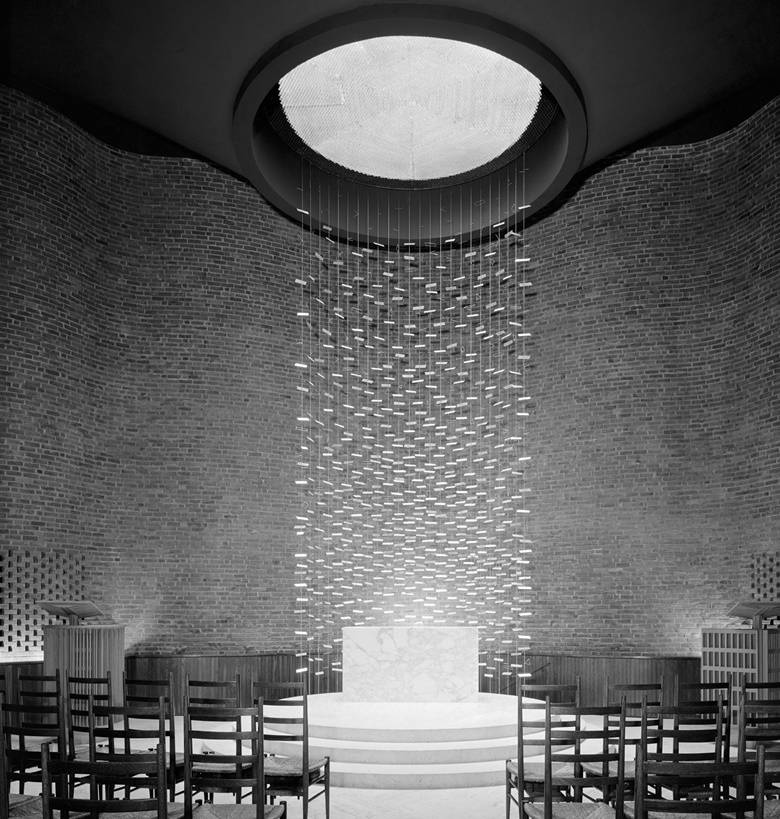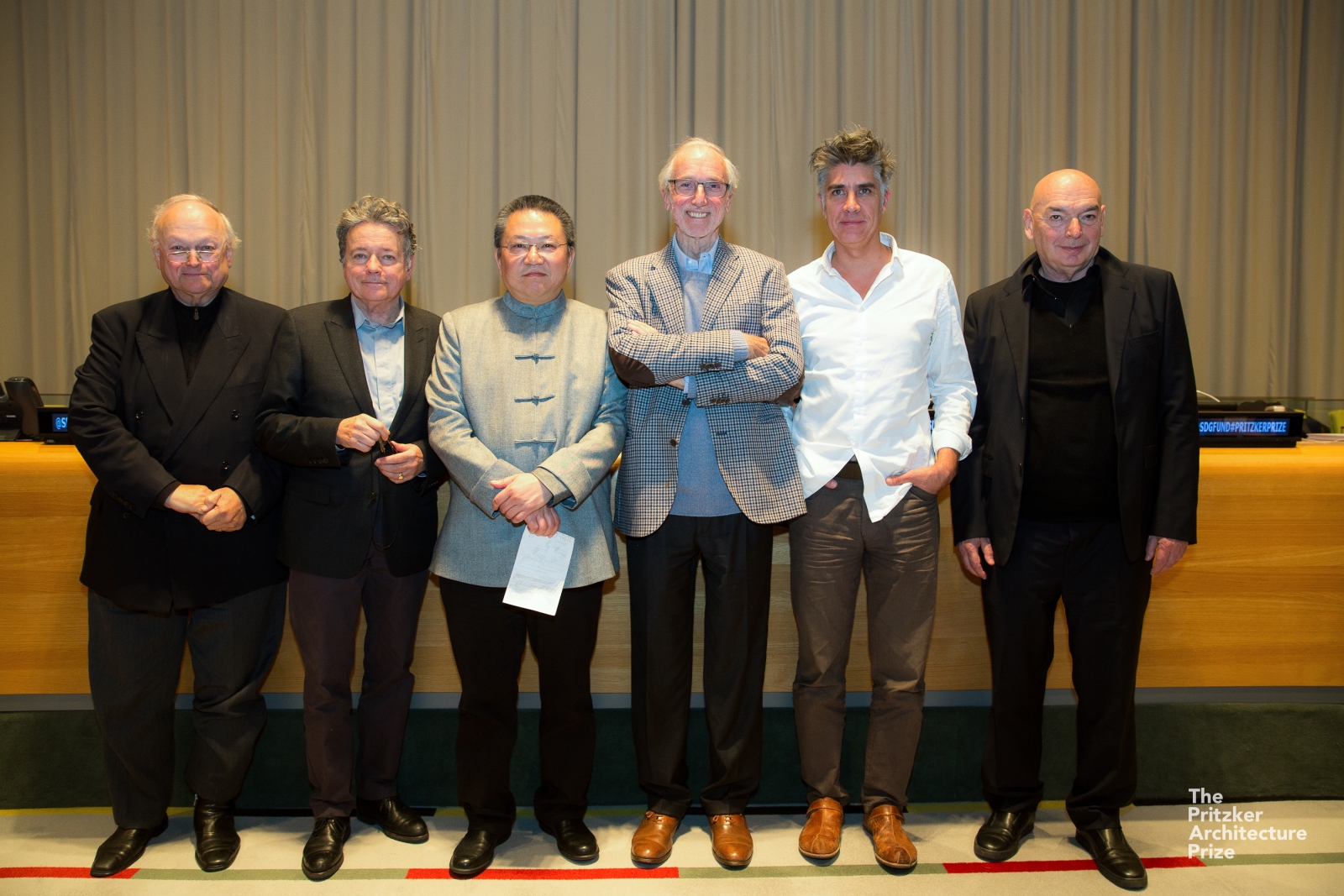In the most recent Architectural Review magazine, Tom Wilkinson is History Editor of The Architectural Review and the author of “Bricks and Mortals: Ten Great Buildings and the People They Made”, investigates some of the questions that we have been researching at MIIM Designs:
‘What defines a place of worship?
Does it have to be sacrosanct?
Must it display certain signs?
Or is it enough that it feels ‘spiritual’?’
In AD631 (or AH 10) a delegation of Christians from Najran, in present-day Yemen, arrived in Medina to negotiate a treaty with Muhammad. He received the Najrans in the mosque and, although they were unable to agree on certain doctrinal matters, invited them to pray there nonetheless, which they did – facing east.
This episode demonstrates some of the possibilities – and the problems – inherent in the idea of adherents of different faiths sharing spaces of worship. First, there is often no intrinsic impediment to taking the occasional dip. Muslims can pray anywhere, as can Christians, although Mass should only be celebrated on consecrated ground (according to Canon 933, churches of other denominations may only be used in extraordinary circumstances). Catholics aside, Christian worship is now more likely to take place in a light industrial unit or megachurch than in a cruciform building, basilica, rotunda, or any of the other forms that have been developed and disputed across the centuries. As for architectural objections to shacking up on a more permanent basis, despite there being great regional traditions in mosque design, there is no essential mosque-form. As the above list demonstrates, the same can be said for Christian churches.
Read More HERE







